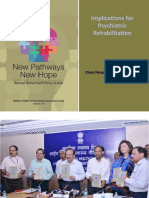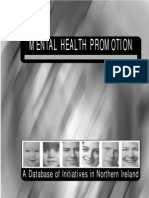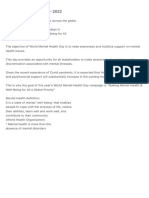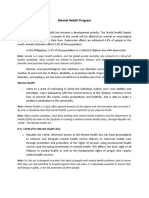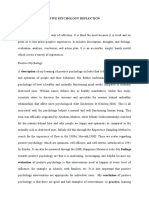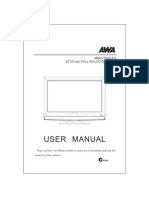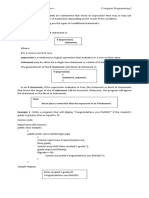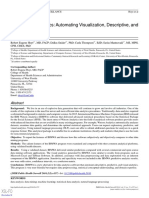0% found this document useful (0 votes)
129 views11 pagesProject Concept
The document discusses developing a mobile app to provide self-help for anxiety in Uganda. Mental health issues are a major problem in Uganda, with only a few psychiatrists available. The proposed app aims to help reduce anxiety through thought adjustments, exercises, motivation and progress tracking.
Uploaded by
okware brianCopyright
© © All Rights Reserved
We take content rights seriously. If you suspect this is your content, claim it here.
Available Formats
Download as PDF, TXT or read online on Scribd
0% found this document useful (0 votes)
129 views11 pagesProject Concept
The document discusses developing a mobile app to provide self-help for anxiety in Uganda. Mental health issues are a major problem in Uganda, with only a few psychiatrists available. The proposed app aims to help reduce anxiety through thought adjustments, exercises, motivation and progress tracking.
Uploaded by
okware brianCopyright
© © All Rights Reserved
We take content rights seriously. If you suspect this is your content, claim it here.
Available Formats
Download as PDF, TXT or read online on Scribd
/ 11





